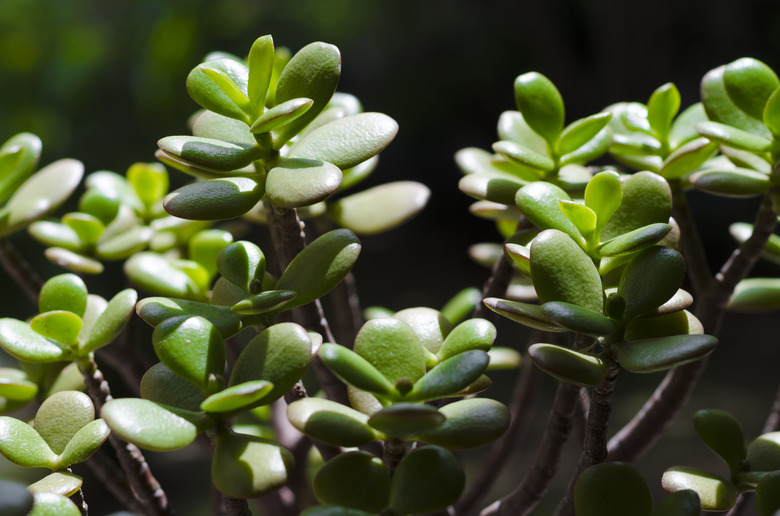Why Do Plants Close Their Stomata At Night?
If you get the chance to look at the underside of a leaf, you might notice that it has lots of tiny holes that look like mouths. These holes are super small, so a magnifying glass might help if you try to look for them. Those little holes are called stomata, and they are crucial to a plant's survival. When the stomata open, they allow carbon dioxide to enter the leaf so photosynthesis can occur. At the same time, as the stomata open, water can escape. Plants need to be very careful about when they open and close their stomata in order to prevent water loss or toxic oxygen buildup within the cells of the plant.
The Role of Stomata in Photosynthesis
The Role of Stomata in Photosynthesis
Most of the plants you are familiar with use a type of photosynthesis called C3 photosynthesis. This is a type of photosynthesis that converts carbon dioxide into a three-carbon compound before converting it into sugar. That's why it is called C3 photosynthesis.
The leaves of plants that use C3 photosynthesis absorb sunlight and carbon dioxide during the day, performing photosynthesis while the sun is out. But when the sun goes down, they can't do photosynthesis anymore, so they close their stomata to avoid losing excess water during the night. When the sun rises in the morning, they open their stomata again.
Why Do Plants Close Their Stomata?
Why Do Plants Close Their Stomata?
These plants don't just close their stomata at night, though. Sometimes they will close them during the day as well if conditions are not ideal. For example, when the leaf becomes too hot, it will close its stomata in an effort to hold onto its water and avoid drying out.
However, it can only work like this for a short time because with the stomata shut, oxygen can easily reach toxic levels in the leaf. Too much oxygen in the leaf leads to a process called photorespiration, which is when the enzymes involved in photosynthesis wastefully bind to oxygen instead of carbon dioxide.
A Modified Version of Photosynthesis
A Modified Version of Photosynthesis
While C3 plants are the most common plant type, they don't do very well in all conditions. They need sunlight, but too much sun can hurt them. But there are plants in the desert, right? How does a cactus survive where others can't?
As it turns out, cacti aren't C3 plants. Instead, they use a modified version of photosynthesis called crassulacean acid metabolism. Plants that use this modified version of photosynthesis are commonly referred to as "CAM plants."
This group of highly adapted photosynthetic organisms includes many desert-dwelling types of plants such as cacti. Other examples of plants that use the CAM pathway in order to survive in arid environments include epiphytes such as orchids, bromeliads like the pineapple plant, and succulents like the jade plant.
Which Plants Keep Their Stomata Open at Night?
Which Plants Keep Their Stomata Open at Night?
CAM plants get around the risks of full sun exposure by doing the opposite of what the C3 plants do. While C3 plants open their stomata during the day and close them at night, CAM plants open their stomata at night and slam them shut every morning.
Using this method, desert plants can pick up carbon dioxide at night when the air is cool and the risk of losing water is lower. The carbon dioxide enters specialized cells, where enzymes convert carbon dioxide into other carbon-based molecules and store these molecules in vacuoles, which are like storage tanks for the plant cells.
By absorbing and converting carbon dioxide at night, these plants can build up a large enough stash of carbonic acids to allow them to perform photosynthesis during the day with their stomata closed. This also allows them to avoid photorespiration, as it insulates the light independent reactions from oxygen buildup. In this way, CAM plants get around the limitations faced by other plants that open their stomata during the day and close them at night.
Cite This Article
MLA
Brennan, John. "Why Do Plants Close Their Stomata At Night?" sciencing.com, https://www.sciencing.com/why-do-plants-close-their-stomata-at-night-12527373/. 30 September 2021.
APA
Brennan, John. (2021, September 30). Why Do Plants Close Their Stomata At Night?. sciencing.com. Retrieved from https://www.sciencing.com/why-do-plants-close-their-stomata-at-night-12527373/
Chicago
Brennan, John. Why Do Plants Close Their Stomata At Night? last modified August 30, 2022. https://www.sciencing.com/why-do-plants-close-their-stomata-at-night-12527373/
